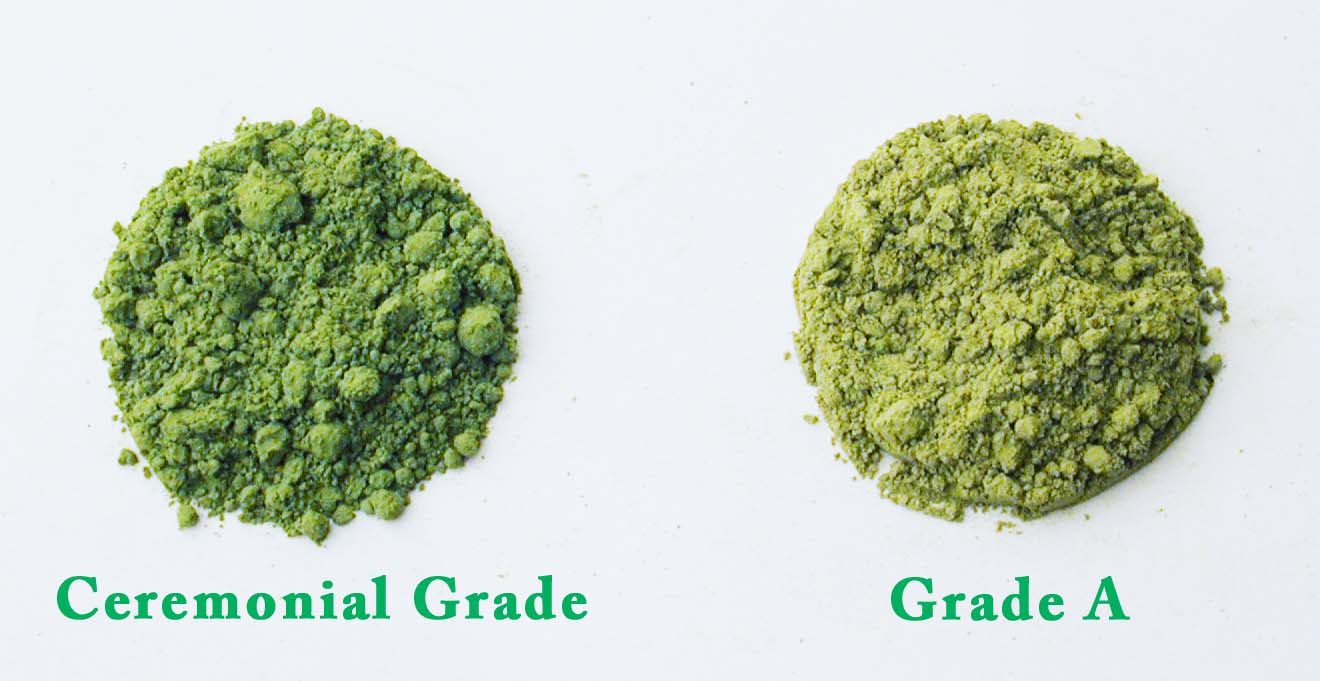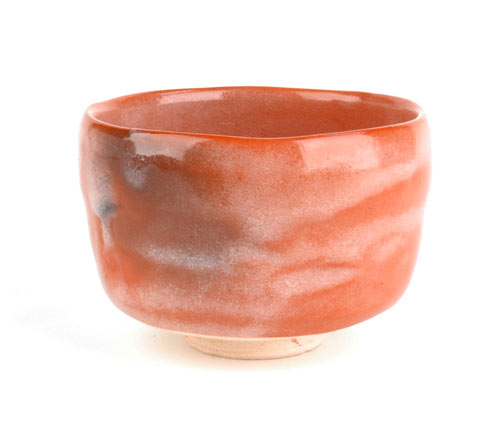Shade Grown
In making Matcha, the tea plants are covered with bamboo mats in the last few weeks of their growing season to promote full flavor.
Powdered Art
After the leaves are plucked, they are immediately steamed to spread the chlorophyll throughout the leaves and to stop any oxidation. The leaves are then dried and rapidly cooled. The resulting dried product is called rough tea, or Aracha. Aracha is then cut into small pieces, and the twigs, veins, and stems are removed. The leaves are dried again, and the resulting product is known as Tencha. Tencha is ground by stone mills in a climate-controlled, clean room to produce Matcha. A single mill can only process 40 grams of leaves per hour.
Traditional Matcha Preparation
Matcha is traditionally prepared with a bamboo whisk in a bowl. As part of the Japanese tea ceremony, there is an elaborate process that utilizes various utensils to make a bowl of Matcha. Click here for more on traditional Matcha preparation.
Modern Matcha Specialty Drinks & Uses
Matcha can easily be prepared in a variety of hot or iced drinks, shakes, and smoothies. Matcha can also be used as an ingredient for sauces, dressings, desserts, ice cream, chocolate, and toppings.
Flavor Profile
Matcha has a sweet, creamy, buttery, and rich oceanic taste.
100% Organic – Directly from the Tea Farm
We directly import our Matcha from one of the oldest certified organic Matcha manufacturers in Japan. Freshness is ensured with quality packaging and climate-controlled storage.


it’s good